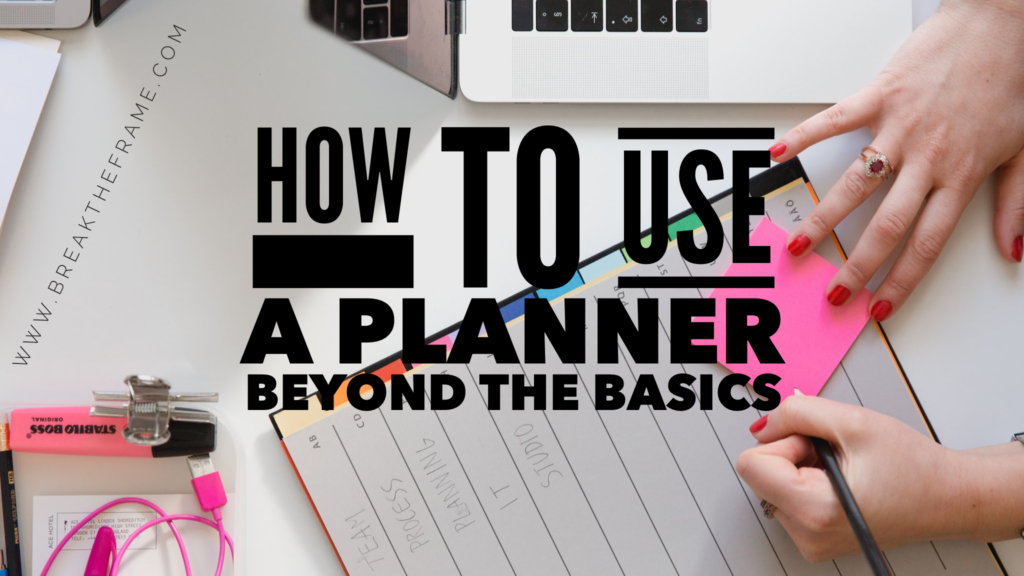
My phone rang well after the workday was over. I didn’t recognize the number but picked up the phone, and it was Pam, a coaching client. I barely said hello before she began apologizing for missing our latest meeting. I decided to poke her a little bit and asked if it was in her planner. We’d been working for weeks to help her get her life and work to feel less like hopping meeting to meeting, and more filled with goals and meaning.
We rescheduled for the following week. Unprompted, Pam promised to write it prominently in her planner and check it daily. The daily check-in was a vital guide for her day. Writing it down without the check-in was nothing more than a planning exercise that never materialized into action. Even worse, she ignored commitments to herself and others in exchange for stress in the hustle and bustle of daily life.
A few years ago, I wrote about how to use your planner effectively, and it covered the planner basics. However, since then, I’ve heard from many people who want to go beyond the basics. Especially now, amid the COVID pandemic, life can feel like a blur. What day is it? Who knows? One flows into the next, motivation is low, and people are mourning the loss of their old ways of working, living, and connecting.
A planner is a pivotal tool to help you manage the blur of life and make it meaningful and goal-oriented. It’s also an opportunity to capture your experience during these unique and uncertain times.
Your Planner is more than a timetable of meetings one-after-the-other. If you’re using it only to write down your hourly schedule, you could do so much more starting with actual planning, which isn’t the same thing as calendar keeping.
What Goes in Your Planner?
Planners, online and paper-based, have been around for ages, yet most beginners aren’t sure what goes in there other than meetings.
Planners, particularly paper planners, are more than calendar pages. Typically you’ll have blank spaces on the monthly and weekly pages and blank pages too. Who doesn’t need to juggle less in their brain? Why worry you’ll forget something, write it down?
You can use your planner to take notes in meetings, jot down ideas, create diagrams, plan meals, keep a running list of favorite quotes, drawing, or funny things you want to remember. Quickly, a planner becomes more than a fancy blank book to capture a to-do list and transforms into a resource that you won’t want to live without.
What else should you put in there?
- Due Dates
- Expected arrival of dependent deliverables
- Plans
- Goals
- Priorities
- Actions
- Celebrations
- Thinking Time aka White Space
- Exercise
- Holidays
- Follow-up
- Birthdays and Anniversaries (and when you need to send gifts or cards in advance)
- Dot Journal
- Photos
Enjoy your planner time. You’re going to get to know each other well.
Planner Tip: Make it yours. Don’t be afraid to use or personalize your planner based on what you need. Anything you want to remember or action can go in your planner.
Pick a Planning Day. It’s Not One and Done.
When I get people going on using a planner, the next time we speak, they’ll show off their work. Sometimes it looks like a well-stickered and colorful layout. Other times it’s a Google Calendar that’s color-coded to the max.
After a lot of ooh-ing and ahh-ing, we talk about how this is an ongoing commitment that’s well worth the effort.
Pick a set day of the week to revise, move, and plan ahead. Look at the big things you have coming up and get prepared.
Similarly, pick a day at the end of the month or the first of a new month to fill out your monthly calendar.
The key is getting into the habit of CREATING it and USING it.
Planner Tip: The to-do is not the act of putting it in your planner. “Look! I did a planning session!” In reality, stagnant actions you wrote down weeks ago add up to nothing more than wasted time.
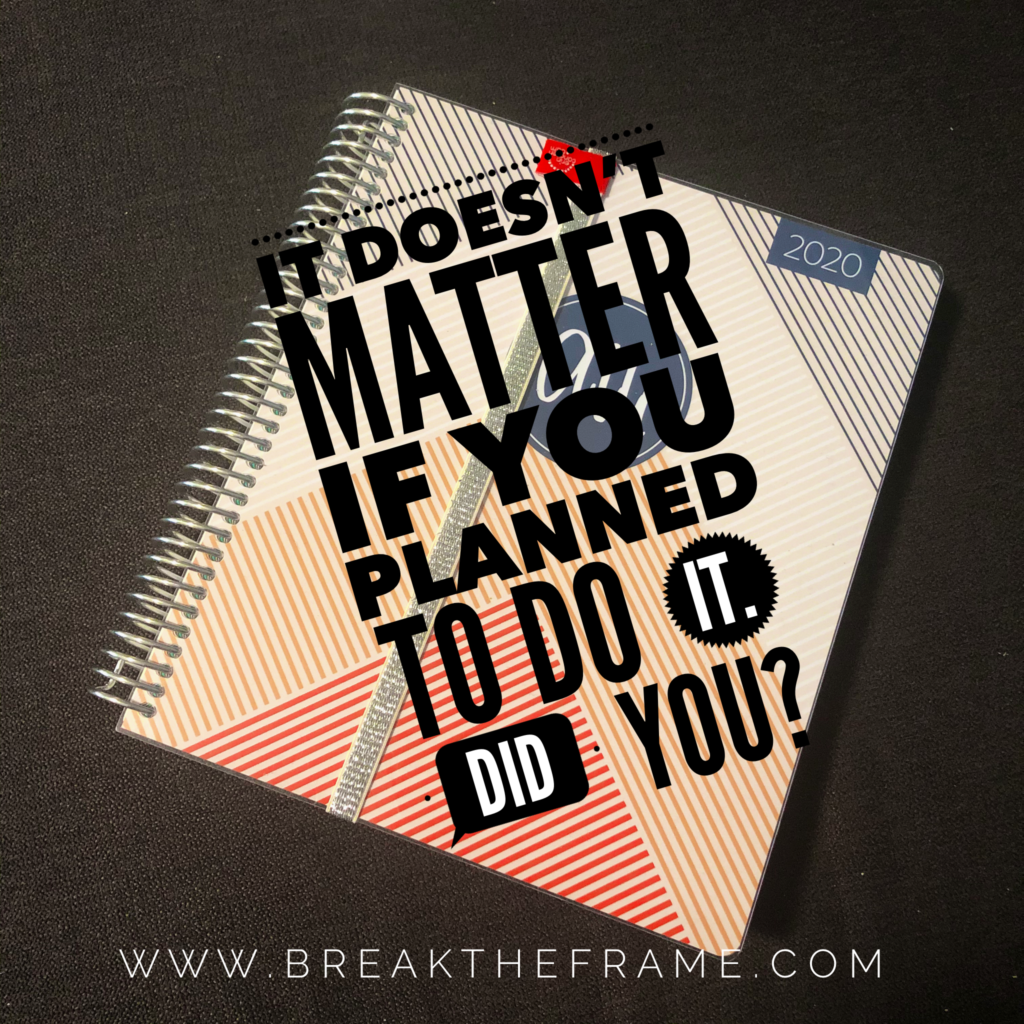
Planners are More than Your Schedule
Take a longer view than a series of near-term meetings or appointments. What do you want to accomplish this month? Put it in there. This week? Today?
My favorite paper planners have a monthly, daily, and weekly view. If you use Google Calendar or any other online calendar, it will do the same.
Imagine going up in an airplane to get the high view (monthly), and as you get closer to come in for the landing the week and then the day. The important thing is to get out of the habit of the day to day management of your time.
Planner Tip: Month at a glance is great for goals and targets and can’t miss commitments. Daily and Weekly views are better for the minutiae.
Manage Overload Fails and Rolling Priorities
We all have days that we wish were 27 hours long. Since that’s impossible, it probably means you just can’t get it all done in the time you have. That’s ok. The next day, open your planner and look at the past day or two that didn’t go to plan. Now, ask yourself these three questions before you dive into the day ahead:
What did I accomplish?
What did I not get to yesterday that I can delete from my to-do list altogether?
What needs to roll to another day?
Planner Tip: Move the things that need to get shifted – don’t just think about it, write it down. Acknowledge what got done, and remain focused on what you still want to accomplish for the week.
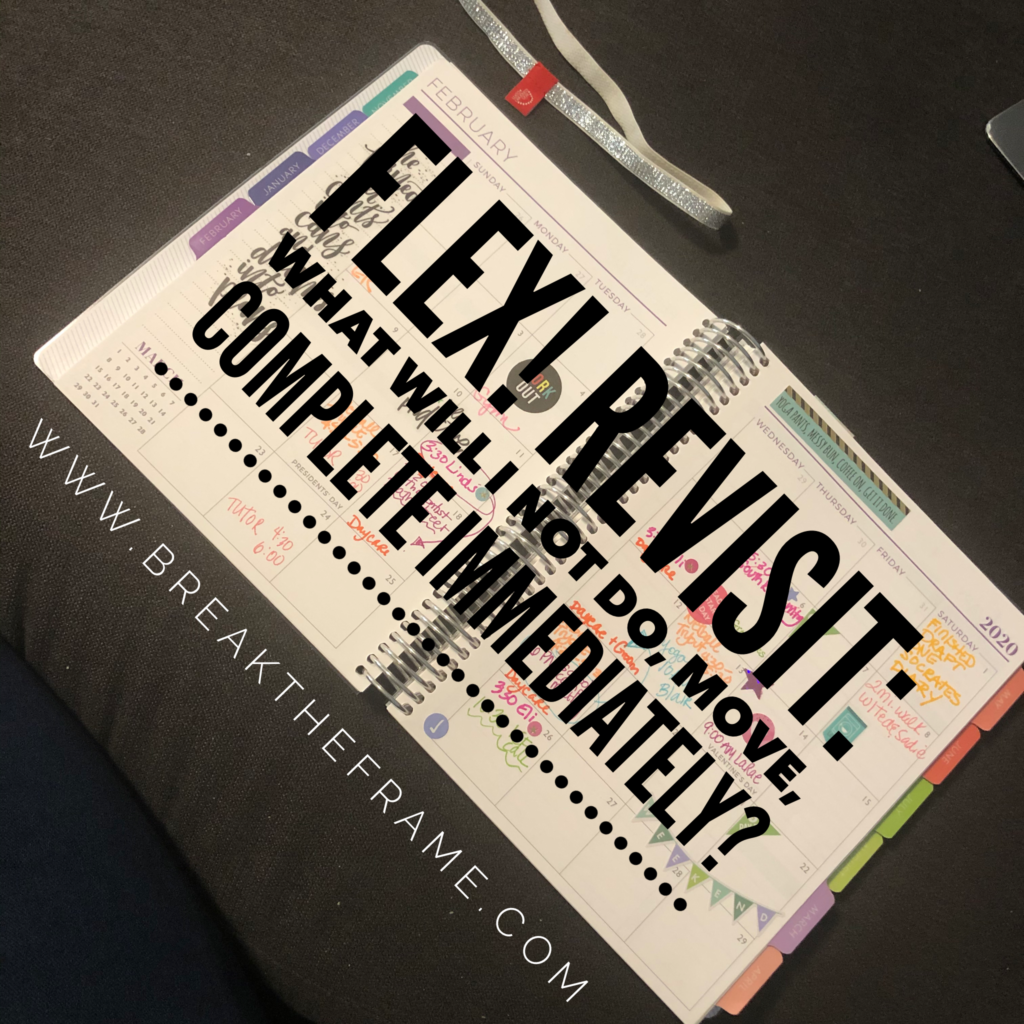
Achieve Your Goals by Making Them Actionable
Like you, Pam has several personal and professional goals. Over time, she learned to turn those desires into actions.
At the beginning of the month, it’s useful to set 1-4 high-level goals as overarching themes. However, breaking goals down into steps is what makes them achievable.
“Exercise more” sounds lovely, but that’s not going in your planner. What are you planning to do to achieve that goal? Run three times a week? The gym? Workout with your favorite trainer on Daily Burn?
“Stronger relationships with the team” is essential. How will you do that? One on one meetings? Town Halls? Lunches, coffees, or breakfasts? Team building games (even virtual!)?
Planner Tip: Break down your goals – Go from “exercise more” to “I want to exercise three days a week” to “here it is, blocked on Monday, Wednesday and Friday.”
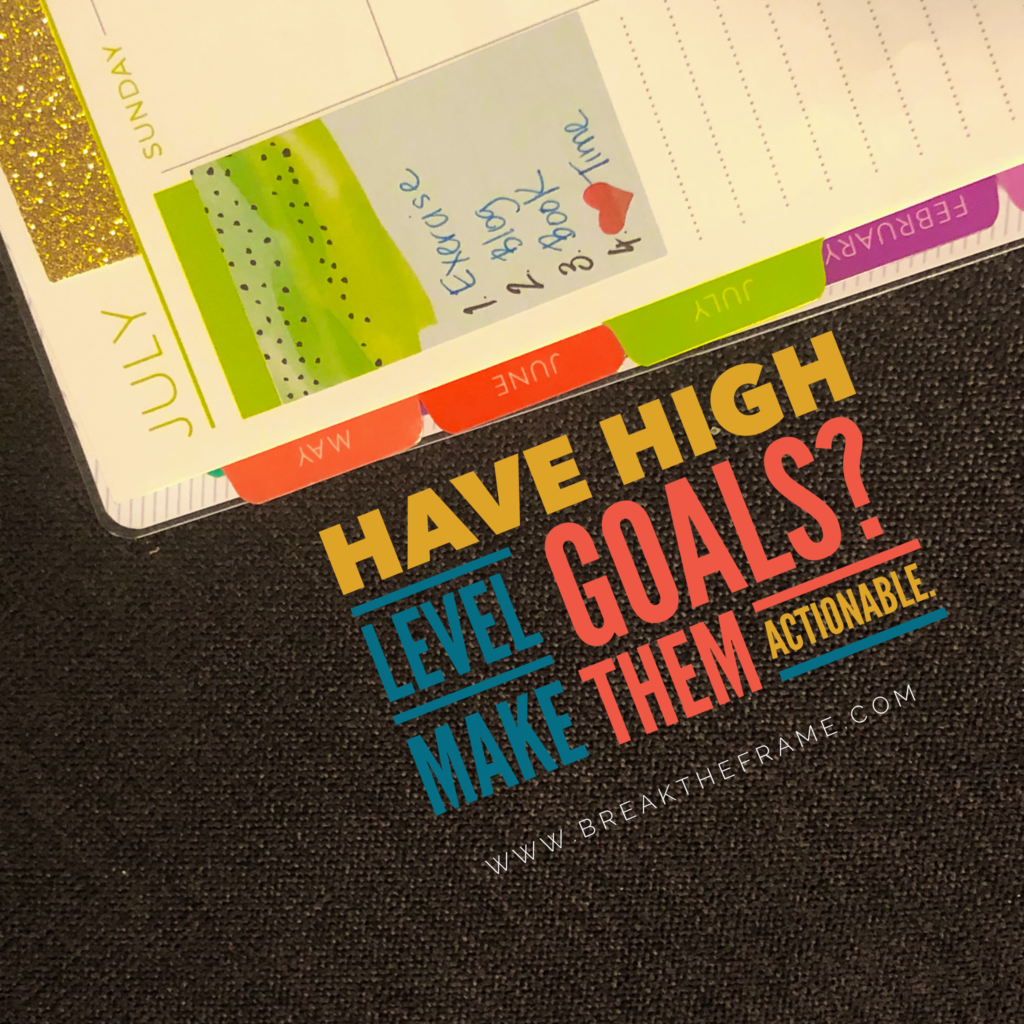
Give Big Projects More than a Due Date
Here’s some secret planner sauce I share with all of my clients: Plan backward, not only forward.
I’ll bet if you use a planner, either paper-based or online, you have due dates in there—Big deliverables, holiday time off, etc.
- If something is due on September 1, put the due date on there.
- What needs to be done by three days prior to meet that date?
- Three days before that?
- Roll it back to today, so you’re not working on a blob but creating a step by step plan.
If you’re someone who procrastinates and struggles to start before the end is in sight, this technique will keep you in steady motion.
Planner Tip: Planning backward creates a series of interim goals and steps and milestones worth celebrating.
Plan Rewards, Not Only Work
Most people put all of their to-dos in their planner. However, when you’re so busy getting things done, you forget to be present, take a beat and celebrate before moving on to what’s next.
Instead of creating a log of all of the shit you have to do and oh-my-gosh-it’s-so-much-I-just-wish-I-could-stay-in-bed-instead-of-facing-this-mountain-of-work, put in the rewards too.
Big to-do due? So what are you going to do before moving on to the next item?
Zoom wine tasting with friends? Movie? Great book?
Everyone likes to talk about how busy they are like it’s a good thing; it’s easy to forget that life is more than a checklist of to-dos organized by color and priority.
Planner Tip: Fill your planner with things you need to do and what you want to do too.
Use Your Planner to Support Decision Making
Someone asks for you to help them out on a project. Quick. What will you say? Is your default always ”yes”?
What if, instead of holding dates and times in your head, like so many of us are prone to do, you could whip out your planner when someone asks for time. What would that change?
Honestly, when I agree on the fly, more often than not, I get home only to discover a conflict. Then I have to either rearrange my plans, back out of promises, and hope that they have another time that matches my availability.
Planner Tip: Review where things are going to be tough – a lot happening at one time. What does that mean for when you’ll say yes to other’s requests and when you’ll say no?
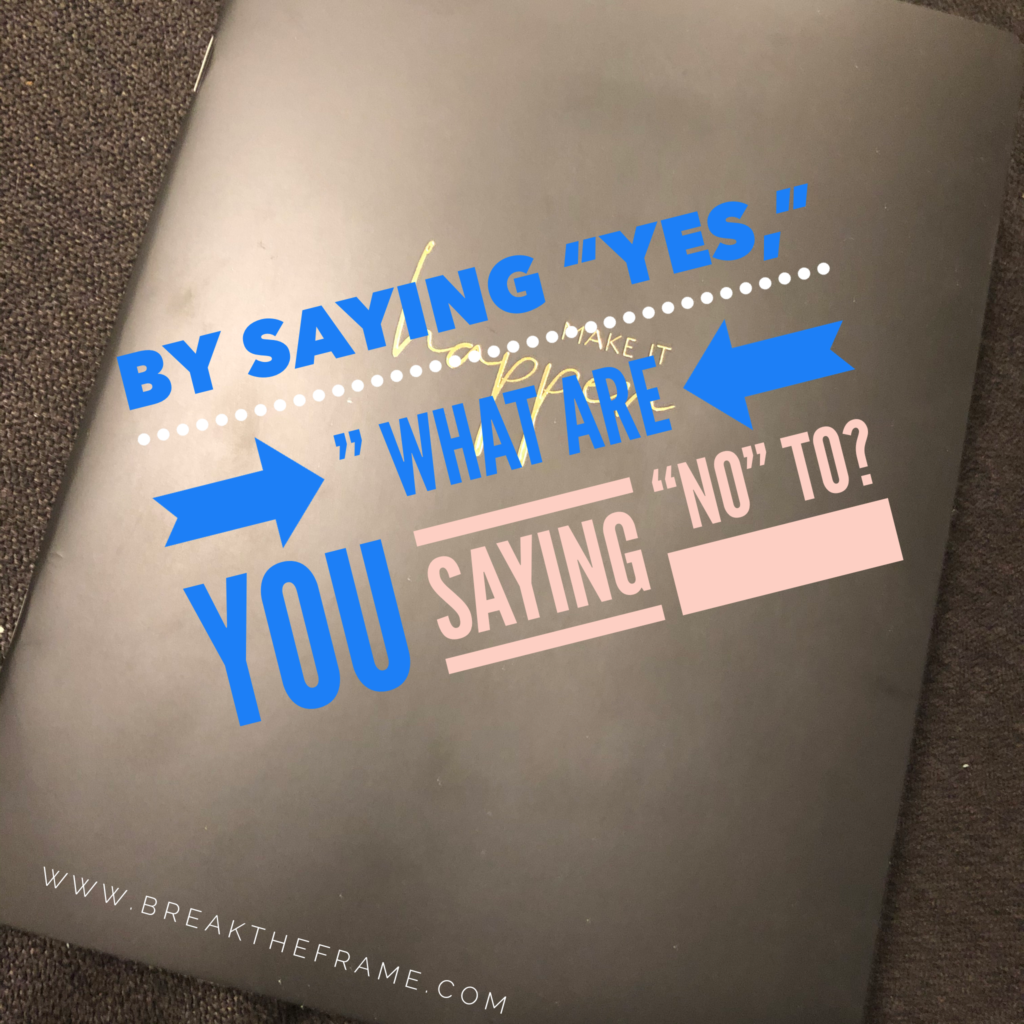
Find The Planner that Works for You
There are a gazillion planners out there, and there is no one style or company that will work for everyone. You do not need to spend a lot of money to find one that works for you and your life. Kmart, Target, Amazon, there are options everywhere.
If you’re looking for some suggestions, here you go. These are NOT affiliate links but companies I’ve used and am impressed with their planners.
Erin Condren – She has specialty planners for teachers and students as well as her ever-popular Life Planner I’ve used many times over the years.
Plum Paper – There are so many customizable options from Plum Paper. If you can’t find the exact one you want, you can easily create it.
Filofax – My first planner ever was Filofax. I loved that I could buy a cover and buy new inserts that met my needs year after year.
Planner Tip: Start with any planner that speaks to you. Maybe you’ll love it and if you don’t, try another one next year.
If you’re ready to master your planner and get it working for you, get proactive. Nobody likes to work with someone who always needs reminders to do their stuff. Or with empty promises of I’ll get to it but you rush through it and turn in crap.
A planner is a great tool to help you capture and manage the things of daily life that you want to accomplish, dreams, goals, and inspiration that go far beyond tasks and to-dos.
What tips would you add to get the most out of a planner to skyrocket success and create a meaningful life?
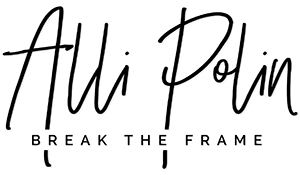
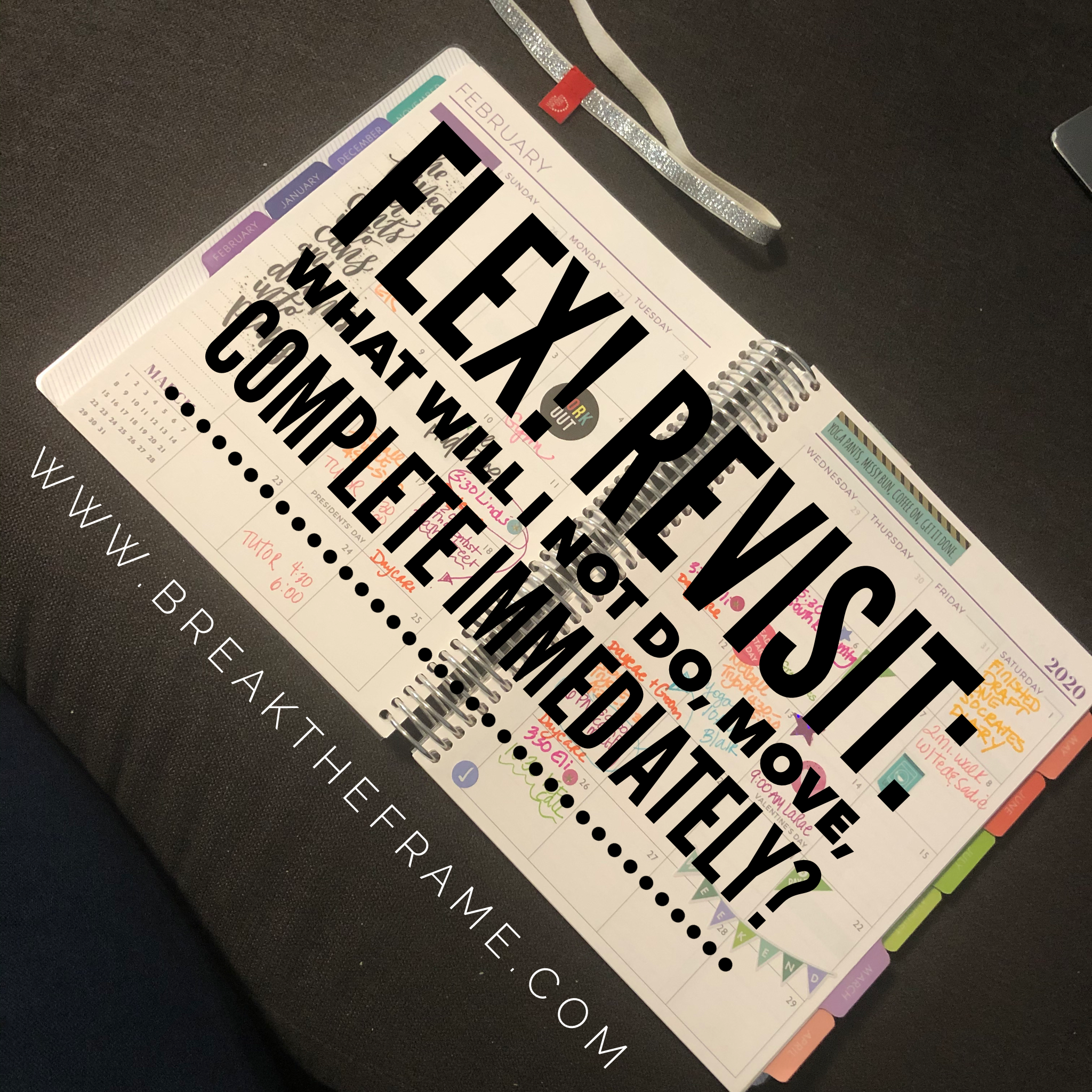
Hi Alli,
You have tremendous insights on what seems basic yet is far more than average. In this case, my favorite on your list is “give big projects more than a due date” and “use your planner to support decision making.”
On that last point, decision making success hinges on planning. And I learned for myself as a business owner, that planning had to include my needs and abilities. As I traveled more and more, scheduling was critical and it had to include a bit of time off for me. Once I started to see my needs and strengths as part of the planning, life and work got better!
Great post .. will share.
Kate
Thanks so much for your feedback, Kate. Great example of complexity in your schedule and commitments to both self and clients. It can be the default to capture our actions and due dates with and for others and forget to build in time to re-energize and recharge. Sounds like you’ve found a good balance. Appreciate the reminder for others!
Alli
Alli,
I like lots of empty spaces in my plan and that is intentional, not just flying by the seat of my pants. I then get to choose how I fill those and not have them filled by someone or something else. It also provided margin for error and a cushion if I needed or wanted more time. Even when I was working full time I did not measure success by a full calendar or by how busy I was. The measure of success was how much got done and it didn’t have to be by me. That provided that time for celebration which we indeed put in the schedule. Lots of celebrating and still true although perhaps a different kind of celebrating these days. If you see my tag line, you’ll know how important I believe planning is and that it’s best done with a lot of care and forethought. If the plan needs to change, no problem. We adjust, adapt, flex, and keep moving forward. Same is true in the midst of this pandemic. We adjust, adapt, flex and we damn well better keep moving forward albeit more slowly, deliberately and intentionally. Thanks for your highlighting these tips that add purpose and meaning. Well done!
If we measure success by a full calendar – whoa! I can remember in my coach training one of our instructors said he had the goal of 40 clients so he had a 40 hour work week. However, he realized that not everything fits into a 60-minute block and he needed time for more than back to back with clients in order to serve them. He had to be at his best too. Eventually, he found what worked for him. It sounds like it’s clear what works for you too.
Also, big yes to adjusting and flexing and changing. Just because something is written in ink doesn’t mean it can’t or shouldn’t change. Unfortunately, and in some ways, fortunately, the pandemic has shown us that the way we’ve always done it is not the only way we can do it.
Alli
I love all the things that a planner can do to not only keep us on tract but also help us to work on our goals. I am finding that during this pandemic I am having a difficult time keeping days straight and times. More than ever, I am finding that writing out the calls and times as well as what I want to achieve with each interaction is critical.
Great insights here Alli! Will share! Terri
Awesome, Terri! It’s not only what time you have your call that matters but what you want to achieve. All of these things can be captured in our planning. Even looking back on where you started the relationship and the evolution over time can be useful.
Thanks for your addition, Terri!
Alli
I really liked to use the Franklin Covey ring-bound planners before taking Emeritus status. On first read of this blog post from you, Alli, I believe most of your suggestions fit very nicely into their format. Always look forward to receiving you blog emails!!!
I’ll be the Franklin Covey planner is great. Thanks for the suggestion that people should check it out and it worked for you. Appreciate your feedback very much!
Alli
I missed the article when it first came out but am so glad you reposted it because, I too, am a big believer in planners. Your article gave great tips on how to get the most from a planner and it inspired me to use it for more than keeping track of appointments, deadlines, and special events. I would add one thing if you’re talking about a physical planner: use pencil! Things get changed so often and quickly that a pencil with a good eraser is very convenient…
Great tip! I have a lot of cross-outs of my colorful markers and big circles and arrows moving things from one day or time to another. Thanks for sharing!
Alli